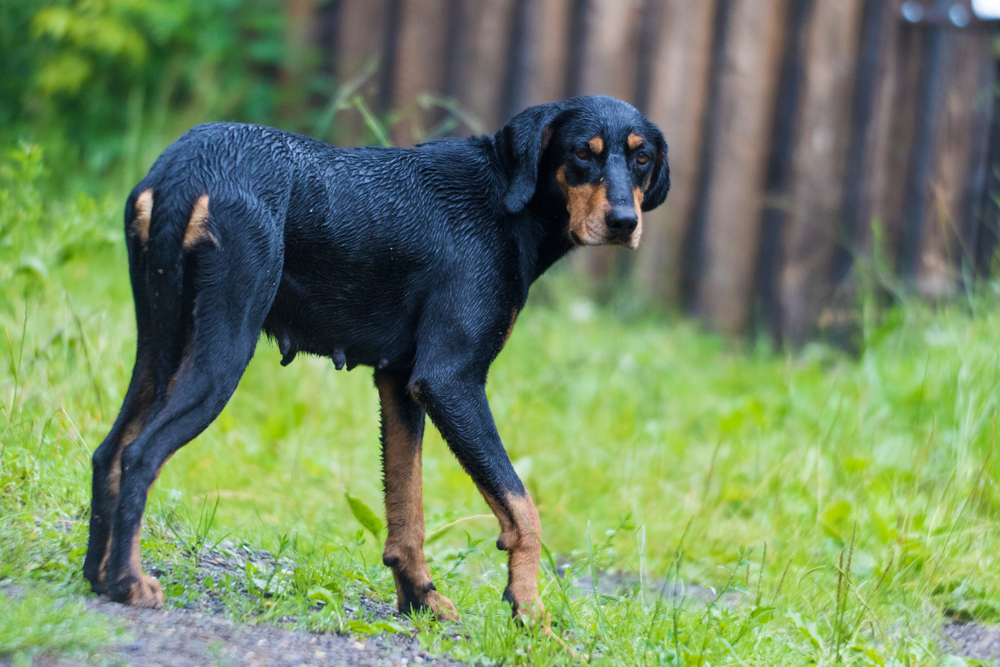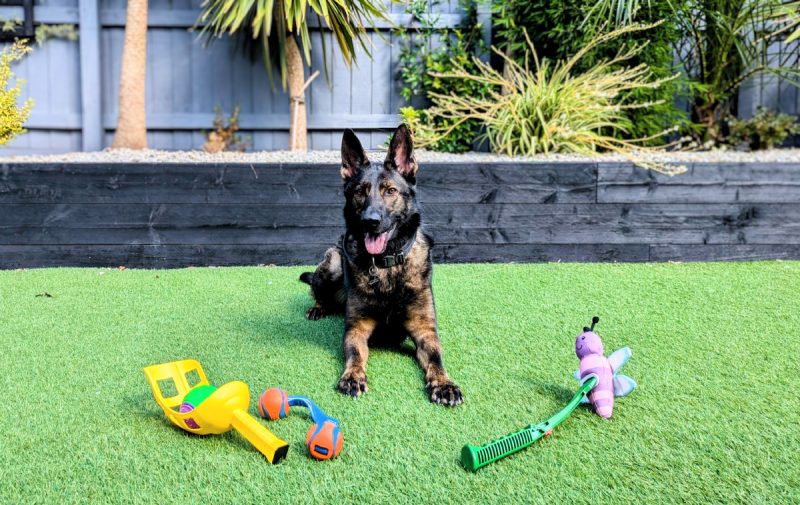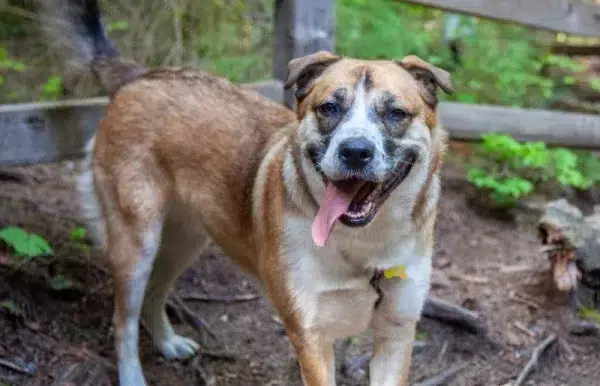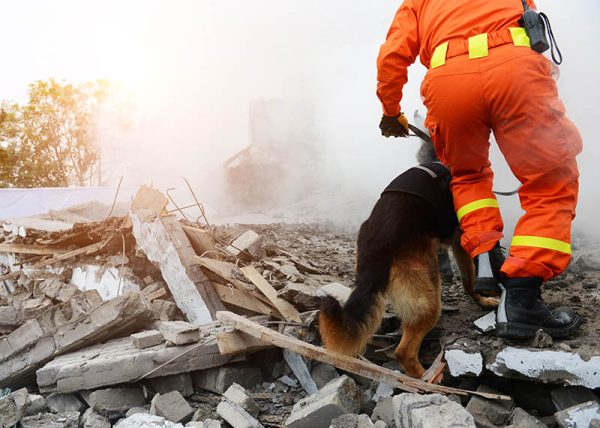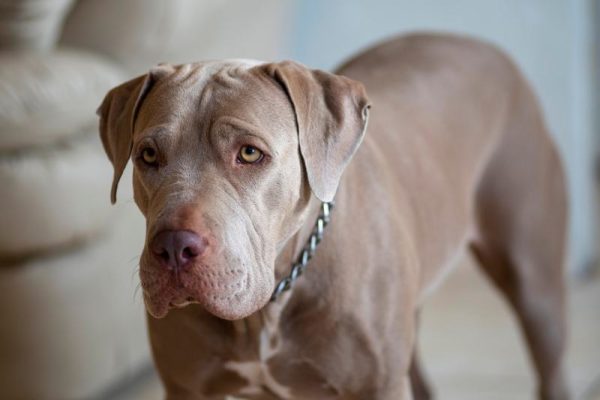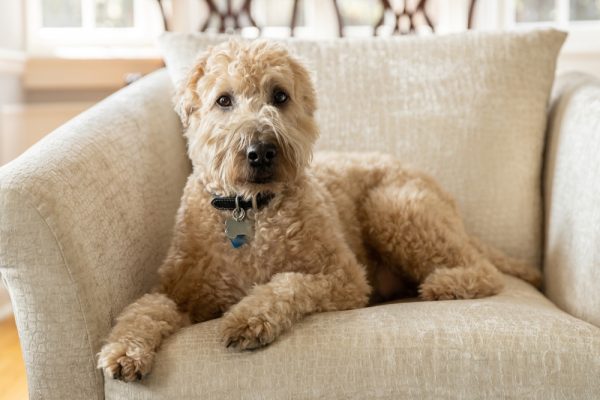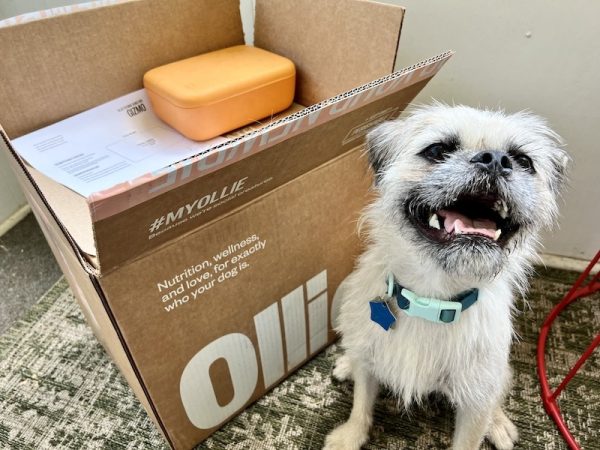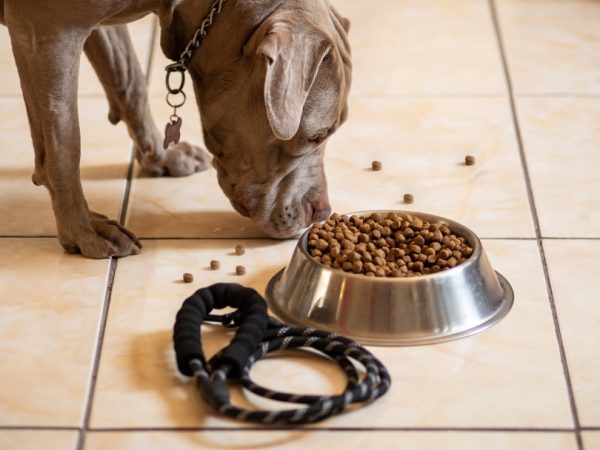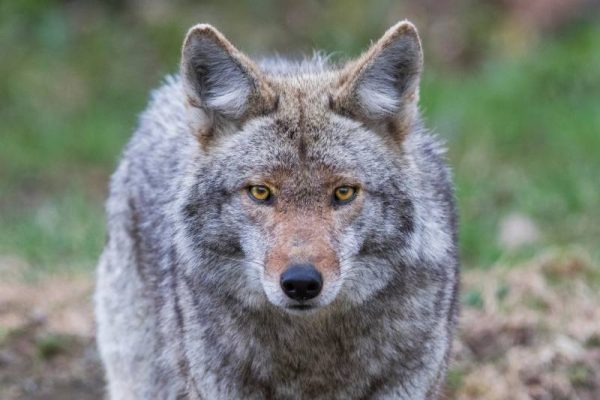In this article
View 8 More +You’re not alone if you haven’t heard of the Transylvanian Hound Dog. They’re not very common, but they’re slowly growing in popularity for a reason. They’re beautiful dogs with amazing personalities, and the more you learn about them, the more you want to bring one home.
All they want is all the attention you’re willing to give them, and because they’re smart, they’re relatively easy to train.
Breed Overview
Height:
22–26 inches
Weight:
55–77 pounds
Lifespan:
10–14 years
Colors:
Red & white, black & tan, or black tan & white
Suitable for:
Active families, multi-pet homes, and people with a fenced-in yard
Temperament:
Loyal & loving, intelligent, easy to train, friendly, gets along with other pets
With one of the coolest breed names and a smaller following, the Transylvanian Hound Dog is sure to turn heads all over the place. They’re extremely active dogs that are also highly intelligent and as sweet as can be.
They’re the perfect companion for an active individual or family, and with relatively few health issues to speak of, there’s plenty to love about these sweet pups.
Transylvanian Hound Dog Characteristics

Transylvanian Hound Dog Puppies
Although the Transylvanian Hound Dog is an incredibly popular breed in their home country of Hungary, they’ve been slow to gain popularity throughout the rest of the world, including the United States.
That’s slowly changing, but you’re less likely to find one at a shelter or rescue center. You might need to travel a bit to find a reputable breeder. But don’t let the longer drive deter you from getting one. They’re well worth the extra effort, and there are reputable breeders for these amazing pups.
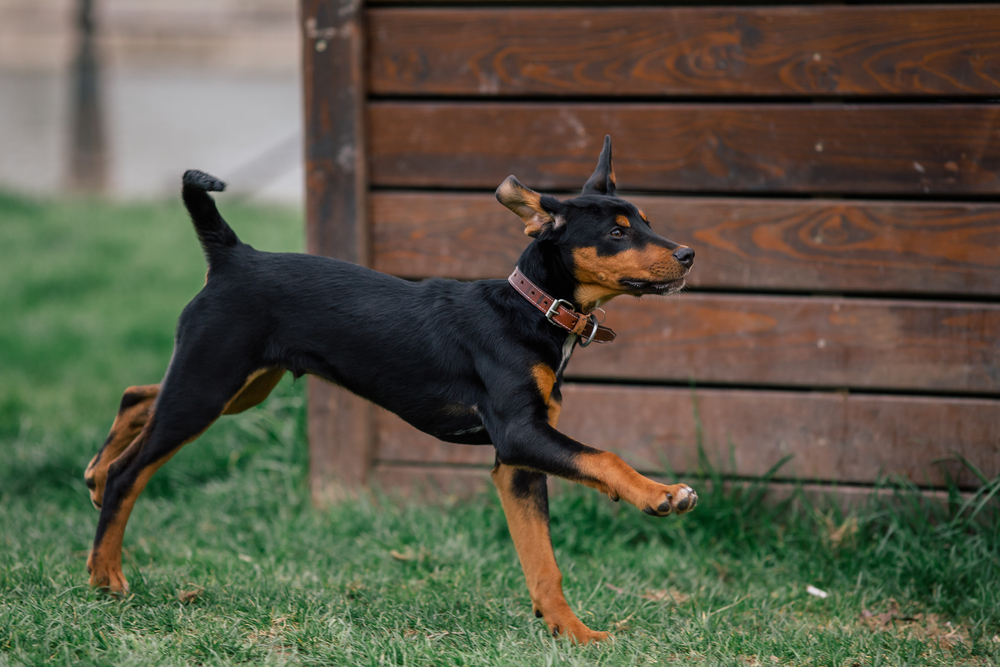
Transylvanian Hound Dog Origin & History
The Transylvania Hound Dog has a rich history and royal roots but was primarily a hunting dog in the early days. They trace their roots back to modern-day Hungary, where they’re still among the most popular dogs. The Fédération Cynologique Internationale (FCI) named them the sixth Hungarian dog breed in 1968.
The United Kennel Club (UKC) recognized the breed in 2006, and while they’ve yet to gain formal recognition by the American Kennel Club (AKC), they did pass one of the first benchmarks in 2015 when the AKC listed them in its Foundation Stock Service.

Temperament & Intelligence of the Transylvanian Hound Dog
One thing you’ll be quick to notice with a Transylvanian Hound Dog is how loving and sweet they are to everyone they meet, even if they are bouncing off the walls a bit because of all their energy.
They love everyone and want as much attention as possible, and their sweet demeanor makes them the perfect fit for all sorts of families. They need plenty of exercise, and their high energy level undoubtedly influences their temperament.
They’re incredibly smart dogs you can train to complete a wide range of tasks, and after they’ve had enough exercise, they’re happy to curl up by their owners and relax.
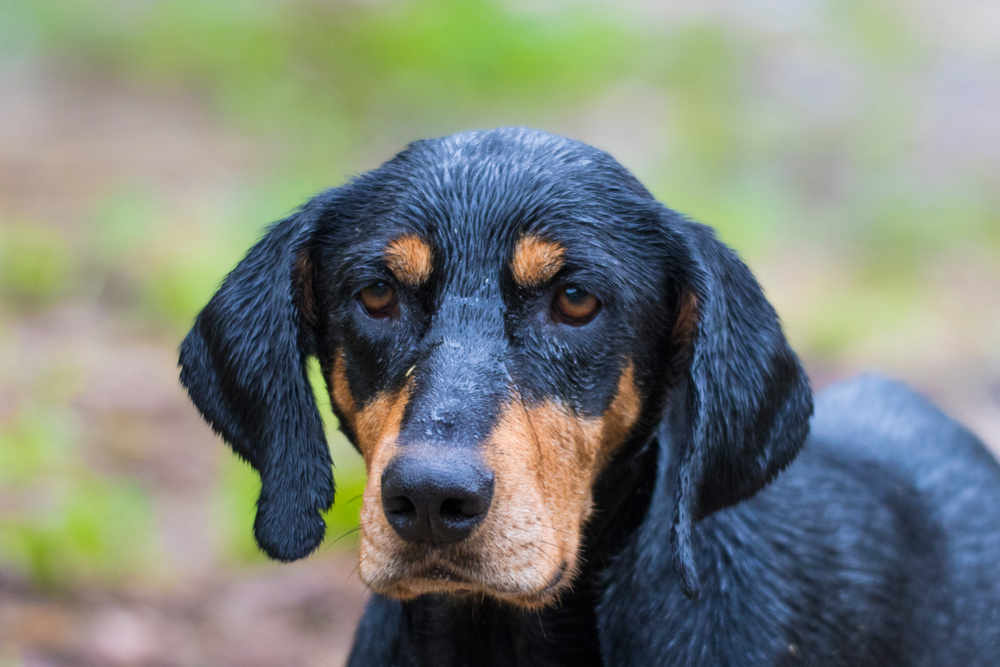
Are These Dogs Good for Families?👪
Transylvania Hound Dogs are great family pets as long as you take the time to socialize them properly and provide enough daily exercise. If you do, they’ll happily engage with anyone willing to give them the attention.
They love playing with children and are unlikely to get tired of playing with rowdy kids. However, you should always exercise caution when allowing them to play with young kids. Although they’re not very large, their tireless energy can be difficult to handle until they’re trained and socialized.
Does This Breed Get Along With Other Pets?🐶 😽
Just like with kids and other family members, the Transylvanian Hound Dog usually gets along great with other pets, including other dogs. However, proper socialization is critical, and introducing them to other pets gradually is ideal.
In addition, you’ll need to ensure you’re meeting your dog’s exercise needs; otherwise, they’ll try to get it with the other pets in the home, which can overwhelm them and lead to all sorts of issues.

Things to Know When Owning a Transylvanian Hound Dog:
While owning a Transylvanian Hound Dog can be a wonderful experience, you can also find yourself in over your head if you don’t know exactly what you’re getting into. We want to ensure you’re ready for everything your pup can throw at you, which is why we highlighted some of the basic care requirements for you here.
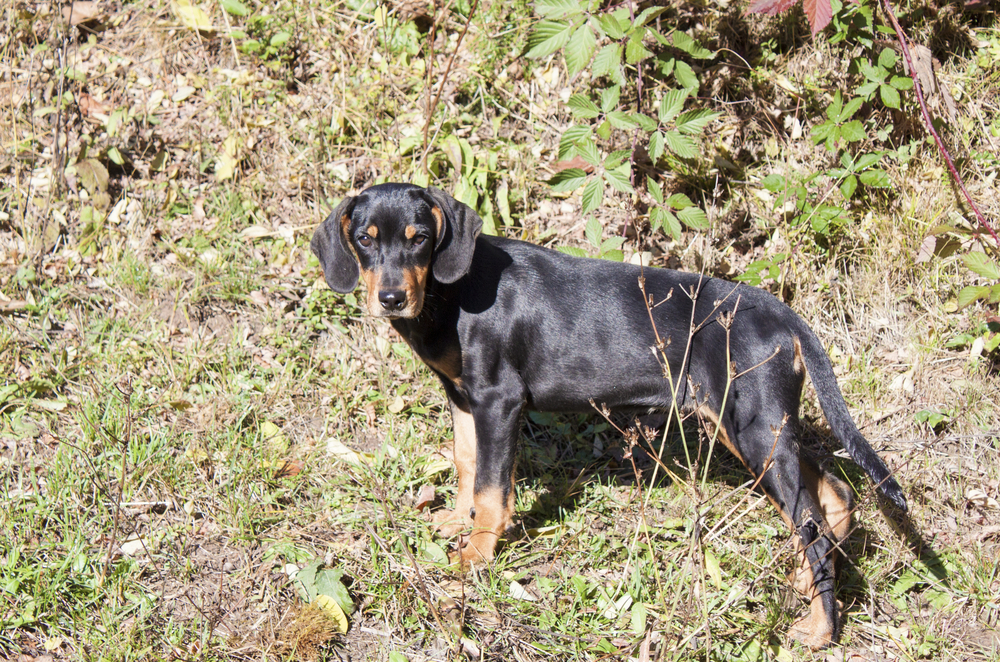
Food & Diet Requirements🦴
Transylvanian Hound Dogs vary in size, but they don’t usually weigh more than 77 pounds as adults. However, they eat a bit more than smaller dogs.
You should feed them 3½ to 4½ cups of high-quality kibble or the equivalent in wet food. High-quality, protein-dense dog food will provide the energy they need. Following the feeding instructions on the dog food bag is important, but talking to your veterinarian about your dog’s diet will ensure they stay healthy.
Exercise🐕
If you want a lazy dog, the Transylvania Hound Dog isn’t it. They’re incredibly energetic, and we recommend taking them out for at least an hour of exercise each day. This can consist of one long walk or run or several shorter walks and runs, but the important part is to get them out for at least an hour.
Having a large fenced-in area for them to run around is helpful, but that doesn’t replace the time you need to spend playing with them. They’re social pups and prefer having their owners participate in games. You can also stimulate their minds by introducing them to agility trials and other canine sports.
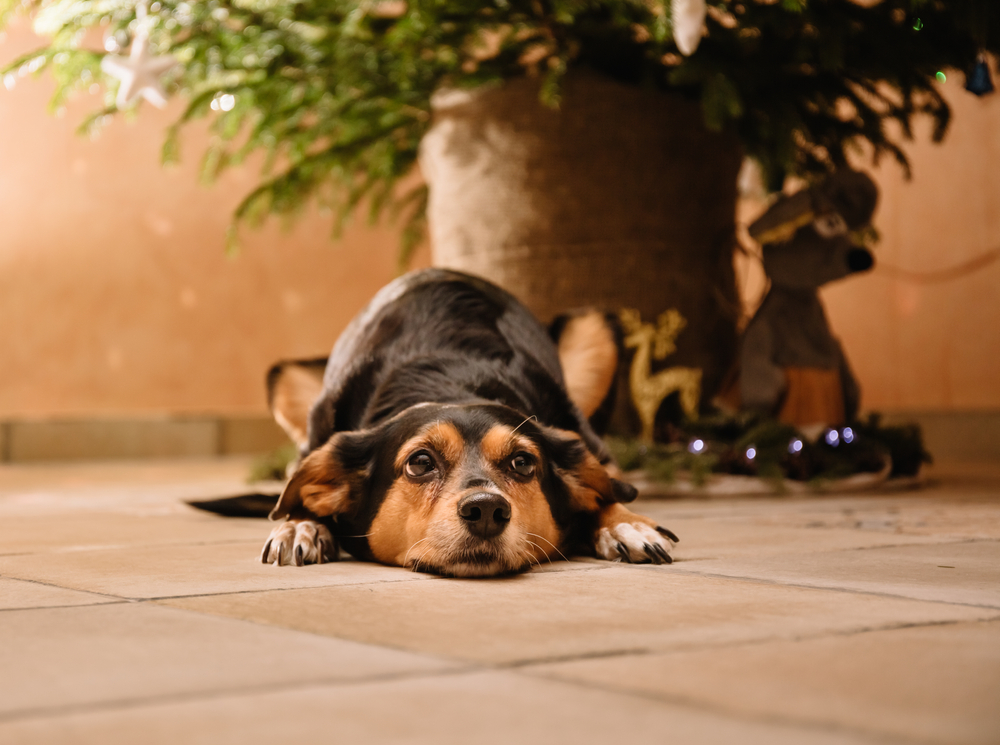
Training🎾
Once you meet their daily exercise needs, the Transylvanian Hound Dog enjoys learning new tricks and commands. You can train them to complete a wide array of tasks, and they love having a job to do. It’s best to stay consistent during their training and stick solely with positive reinforcement.
Establishing an exercise and training routine early will help them develop into a well-behaved adult. However, if you don’t meet their daily exercise needs and neglect their training, they can resort to destructive behavior to expel their energy.
Grooming✂️
Grooming a Transylvania Hound Dog isn’t very complicated or time-consuming. Generally, you only need to brush them once a week, which will help control shedding. However, you’ll need to brush them more often when they “blow” their coats in the spring.
You’ll also need to give them the occasional bath, but the exact frequency will vary depending on your dog. If they’re bad about getting filthy when playing outside, you’ll need to bathe them more often.
You should brush their teeth daily to keep up with oral hygiene, keep an eye on their nails, and trim them as needed. Frequent exercise outdoors will grind down their nails, but you still need to trim them occasionally because of how fast they grow.
Health and Conditions🏥
Finding a healthier purebred than the Transylvanian Hound Dog is difficult. They’re an incredibly healthy breed, especially if you get your dog from a reputable breeder.
You’ll still want to take them for annual check-ups, but with a Transylvanian hound dog, you usually don’t have too much to worry about.
- Hip and elbow dysplasia
- Dental problems
- Obesity
- None
Male vs Female
There isn’t much of a difference between male and female Transylvanian Hound Dogs, but one area where there is a notable difference is their size. Males stand a bit larger and taller than females, but you’ll need to factor in the genetics of both parents, too.
Still, if you’re comparing puppies from the same litter, it’s a safe bet that the males will usually be larger than the females. However, males and females have similar temperaments, and both sexes make excellent pets.

3 Little-Known Facts About the Transylvanian Hound Dog
We’ve discussed how to care for a Transylvania Hound Dog, but some aspects of their history may surprise you. Here are some of our favorite little-known facts about these pups.
1. They Have Royal Roots
Over 1,000 years ago, Hungarian royalty adored the Transylvania Hound Dog for hunting bears and wolves in the Transylvanian mountains. That’s a ferocious task that these pups once handled with ease!
2. They Almost Went Extinct
Like many breeds throughout Europe during the early 1900s, the Transylvanian Hound Dog almost went completely extinct. It wasn’t until 1968 that a breeding program began reviving the breed.
3. They Once Had a Short-Legged Variety
Today, every Transylvanian Hound Dog has longer legs, but that wasn’t always the case. When the breed almost went extinct at the turn of the 20th century, the short-legged variety didn’t survive.

Final Thoughts
Although it will take a little work to track down a Transylvanian Hound Dog near you, we think they’re worth the effort. Be ready for a high-energy dog from day one, but if you are and dedicate enough time to training and exercise, you won’t find a more loving and loyal companion to join you and your family.
See also:
- Can Dogs Live Outside? Vet-Approved Safety Tips & Facts
- Can Dogs Eat Green Beans? Vet-Approved Feeding Facts
Featured Image Credit: Mircea Costina, Shutterstock
